ANALOGUE
With a vast array of technologies and our 40+ years in the specialist cable market, we produce cables to suit every budget to maximise the potential of your beloved system. With a vast array of technologies and our 40+ years in the specialist cable market, we produce cables to suit every budget to maximise the potential of your beloved system.
DIGITAL
Whether you’re connecting your TV to a sound bar or music server to a DAC, QED has a digital cable to meet your requirements. Our cables are tried and tested to ensure you get the best performance from your digital sources.
PHONO TO PHONO
When connecting your analogue sources such as your CD player or turntable to your amplifier, here at QED, we have a cable to suit your system. From our entry level Profile cable through to our flagship Signature Interconnect.
XLR
Using our unique Tri-Conductor technology and Neutrik XX-14 balanced plugs, our XLR cables offer the cleanest possible sound from a specialist XLR cable, whilst also incorporating our Ferrite insulation to eliminate timing errors.
DIGITAL COAXIAL
An alternative to optical, our premium digital coaxial cables use a specially designed cable cordage and unique plug design to achieve the precise signal characteristics required for high resolution and multi-channel audio.
USB A-B
With our high end USB A-B we isolate the power and data conductors preventing any potential cross talk, therefore meaning less jitter and an enhanced audio performance.
USB A-B MICRO
For use with Laptops/Computers and portable headphone amps/dacs, the QED reference USB A-Micro B uses our Ferrite insulation to reduce Jitter, as well as isolating the data and power lanes for a cleaner overall signal.
USB A-MINI B
Triple magnet screening and 24K gold plugs makes our Performance USB A-Mini B the best in its class.
JACK TO PHONO
Connecting your mobile device/tablet to your audio system has never been easier with our 2 step 3.5mm jack for a simpler connection.
HDMI
Using our in house HDMI testing facility, QED have designed premium HDMI cables to suit any budget. From our flexible and slimline profile to our exceptional Reference HDMI with its BandPass filter technology to reduce Jitter to Ultra low levels
OPTICAL
For all of your Optical needs, QED has an optical cable for you. For the more advanced, high bandwidth signals, Reference Optical Quartz uses glass technology to accurately send the information from source to receiver.
ETHERNET
The most common type of cable used for connecting products on a wired network. This cable connects wired devices together to the local network for file sharing and Internet access.
SUBWOOFER CABLE
Using technologies from our analogue cables such as complimentary conductor technology, your subwoofer will always perform to its best capability.
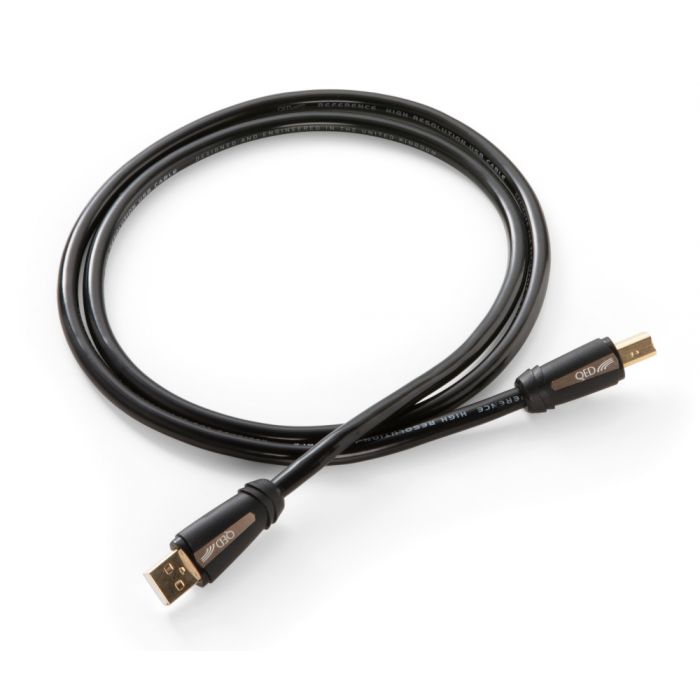

REFERENCE
High Resolution USB
Reference High Resolution USB
New for 2020 comes an improved and updated QED Reference High Resolution USB cable with a slimmer
more flexible profile and enhanced performance.
In common with all our cables, Reference High Resolution USB is informed by the results of our exhaustive
research into cable design which was begun in 1995 and recently detailed in the updated Genesis Report.
This report sets out the design principles to which we adhere and which resulted in the development of a
range of cables which represent the ultimate expression of sound through science without compromise.
Each QED cable in its range is based on the flagship model and although they may be variously influenced
by price, size or ease-of-use, each retains the basic original features of that model. This gives even
the base cable in each range a sonic advantage over their similarly priced competitors. Reference High
Resolution USB is the state-of-the-art offering from QED and as such represents the pinnacle of our
understanding of this complex cable application.
FEATURES AND BENEFITS

Impedance Controlled Data Lane

QED Reference High Resolution USB uses a tightly controlled, 24 AWG, 99.999% oxygen-free copper twisted-pair featuring low-permittivity, foamed-polyethylene dielectrics, which is uniformly bound by an aluminium/mylar wrap. This arrangement is similar to that used in our high performance HDMI cables and is not usually found in a USB cable. Because the impedance of the data lane is kept strictly within defined limits of 90 Ω +/- 5% with a rise time of just 100 ps for a 3 m cable, it exceeds the specification given in the USB 2.0 standard by more than half; therefore the timing error or jitter added to the isochronous data stream is kept to a minimum. This has the effect of increasing the enjoyment of actually listening to music being conveyed by the cable to an extent large enough for it to be statistically significant in listening tests conducted in our bespoke listening facilities.
Clean Path Audio™ Technology

Many audio enthusiasts feel that running USB power cables carrying charging currents and PC power supply noise alongside the isochronous audio data stream can have an adverse affect on sound quality. One answer is to remove the power cables altogether but this deviates from the USB specification and can cause inconvenience, especially if the DAC electronics require USB power. Instead, QED Reference data lanes are uniquely electrically isolated by using a double layer shield comprising a 100% aluminium/mylar wrap and shield braid connected to ground.
Ferrite Insulation™ Technology
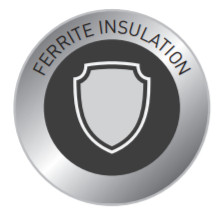
QED Reference High Resolution USB features a unique integral Zn/Mn floating, ferrite jacket. Using a proprietary process, QED has been able to distribute this radio frequency absorbent material evenly throughout the cable by means of a specially impregnated inner jacket. It is included to absorb high frequency noise signals generated both internally and externally. It works to create a much quieter electrical environment in and around the cable so that jitter within the audio data stream is minimized.
Ultra-low Jitter Geometry
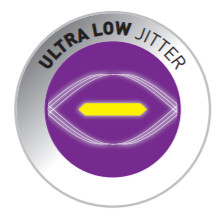
When measured using an eye pattern analyser at the correct data rate for high bandwidth USB 2.0, the cable exhibits 50% less jitter than a comparable cable without the ferrite jacket. This shows conclusively that the combined technologies of impedance controlled data lanes, electrically isolated power conductors and floating ferrite jacket have the effect of halving the cable induced jitter present in the digital transfer layer between source (digital music server) and sink (DAC or other digital music interface). Because USB audio is delivered in an isochronous data stream in real time, it is thought that ultra-low jitter components distributed throughout the digital data pathway will result in an audible improvement in sound quality. Certainly, in listening tests, QED Reference High Resolution USB cable with the ferrite jacket and other technology was preferred to samples without the jacket
High Resolution Audio
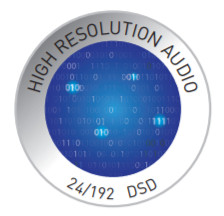
Although the highest resolution audio stream of 24/192 kHz or more (such as DSD) is well within the maximum data rate capability of the USB 2.0 standard and therefore able to be sent sent over any suitably compatible USB cable, timing error caused by cable attenuation, propagation delay skew and characteristic impedance mismatch will result in increased jitter of the isochronous data stream. Depending upon the capability of the receiving equipment this jitter can create audible problems with the digital audio signal. To put it simply jitter causes distortion in the signal. This is due to the interaction of the required frequency with the frequency of the jitter which causes harmonics to be produced that were not present in the original signal. The distortion is similar to a subtle version of the more familiar THD & intermodulation distortion present in many amplifiers. This problem inevitably increases listener fatigue making the music sound harsh or just simply not enjoyable. The listener therefore finds it more difficult to listen for long periods without taking a break. Because, by definition, listeners of high resolution audio files are most likely to be the most discerning, any extra jitter added to the audio datastream by a poor cable design might be noticeable. QED Reference High Resolution USB is therefore eminently suitable for Hi-Res audio applications simply due to its unrivalled and superior, measurable jitter performance which, as we have shown delivers a performance which is at once more musical and enjoyable and which enables a relaxed and long lasting listening session leaving hifi enthusiasts eager to repeat the experience.
Specifications
- Outside diameter: 7 mm
- Characteristic Impedance: 90 Ω +/-5%
- Signal Pair Attenuation: < -0.11 dB/m @ 480 MHz
- Propagation Delay: 26 ns max
- Propagation Delay Skew: 68 ps max
- Maximum Data Rate: 480 Mb/s
- Worst case time related jitter: < 76 ps pk-pk (5 m cable measured at 480 Mb/s; 440 mV rms)
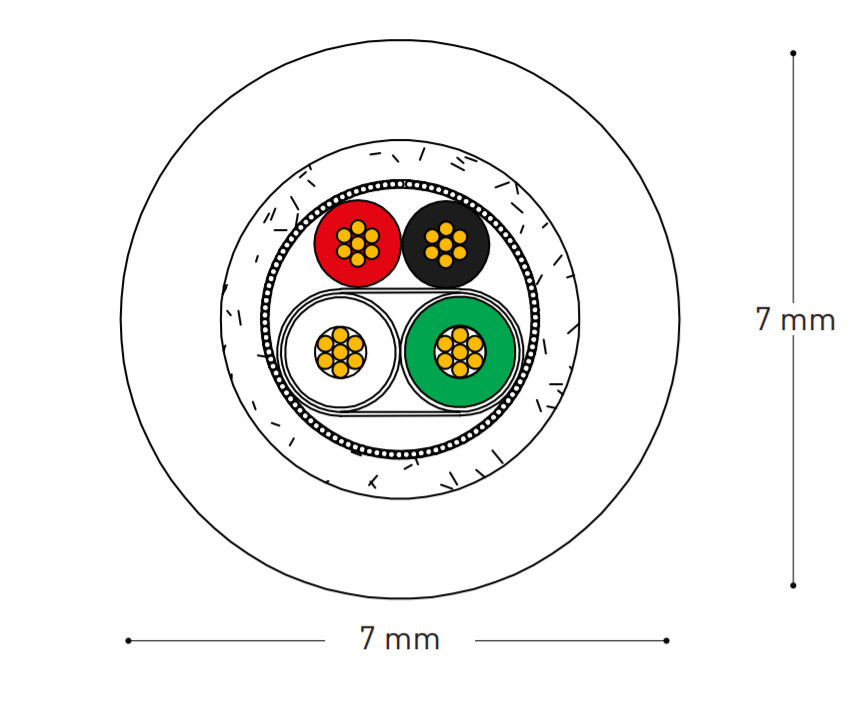
WHAT THIS CABLE IS USED FOR
CONNECT YOUR:
ComputerLaptop
Network drive
USB device
TO YOUR:
DACHeadphone amp
USB device
Customer Reviews
Be the first to review this product
You're reviewing: Reference High Resolution USB

ON ALL CABLES

SHIPPING
(on orders over £15)

RETURNS

ASK US
THE CABLE FINDER
Confused by cables?
Use our online tool to make choosing the right products quick and easy
BEST OF THE BEST
"This kind of transparency is difficult for rivals to match"
REFERENCE XT400, December 2017
Why cables matter
Learn how our cutting edge technology can improve your audio experience
LEARN MORE "This kind of transparency is difficult for rivals to match"
"This kind of transparency is difficult for rivals to match"
 "Near total transparency that is the mark of an award-winner."
"Near total transparency that is the mark of an award-winner."
 "Natural, organic way of making music that’s wonderfully smooth"
"Natural, organic way of making music that’s wonderfully smooth"
 "Cannot be faulted for build, technical parameters, sound or value"
"Cannot be faulted for build, technical parameters, sound or value"
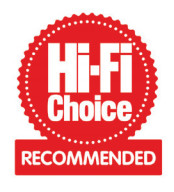 "Very low power loss, across the audioband it’s the perfect solution for high-end systems"
"Very low power loss, across the audioband it’s the perfect solution for high-end systems"
 "Outstanding, among the best"
"Outstanding, among the best"